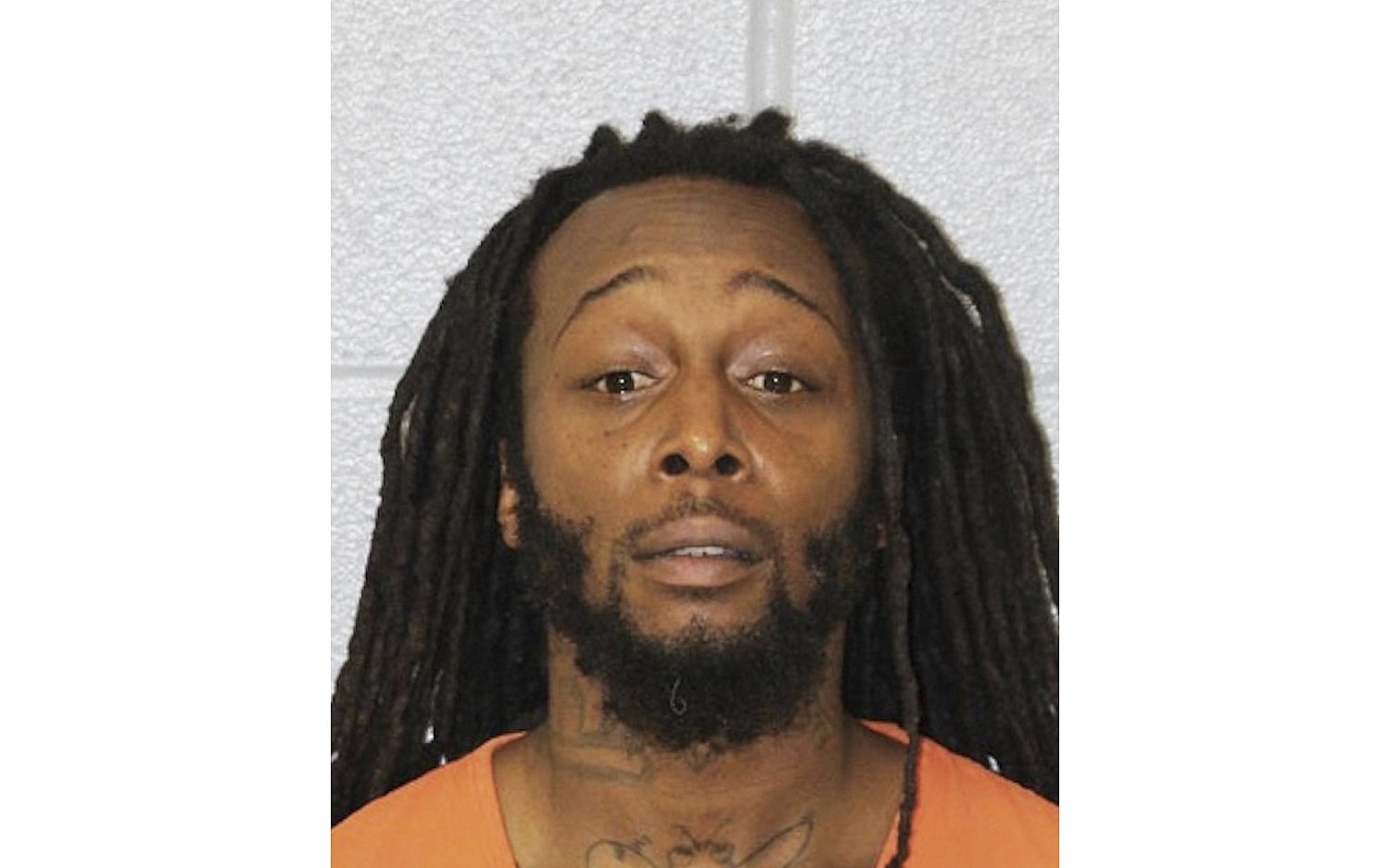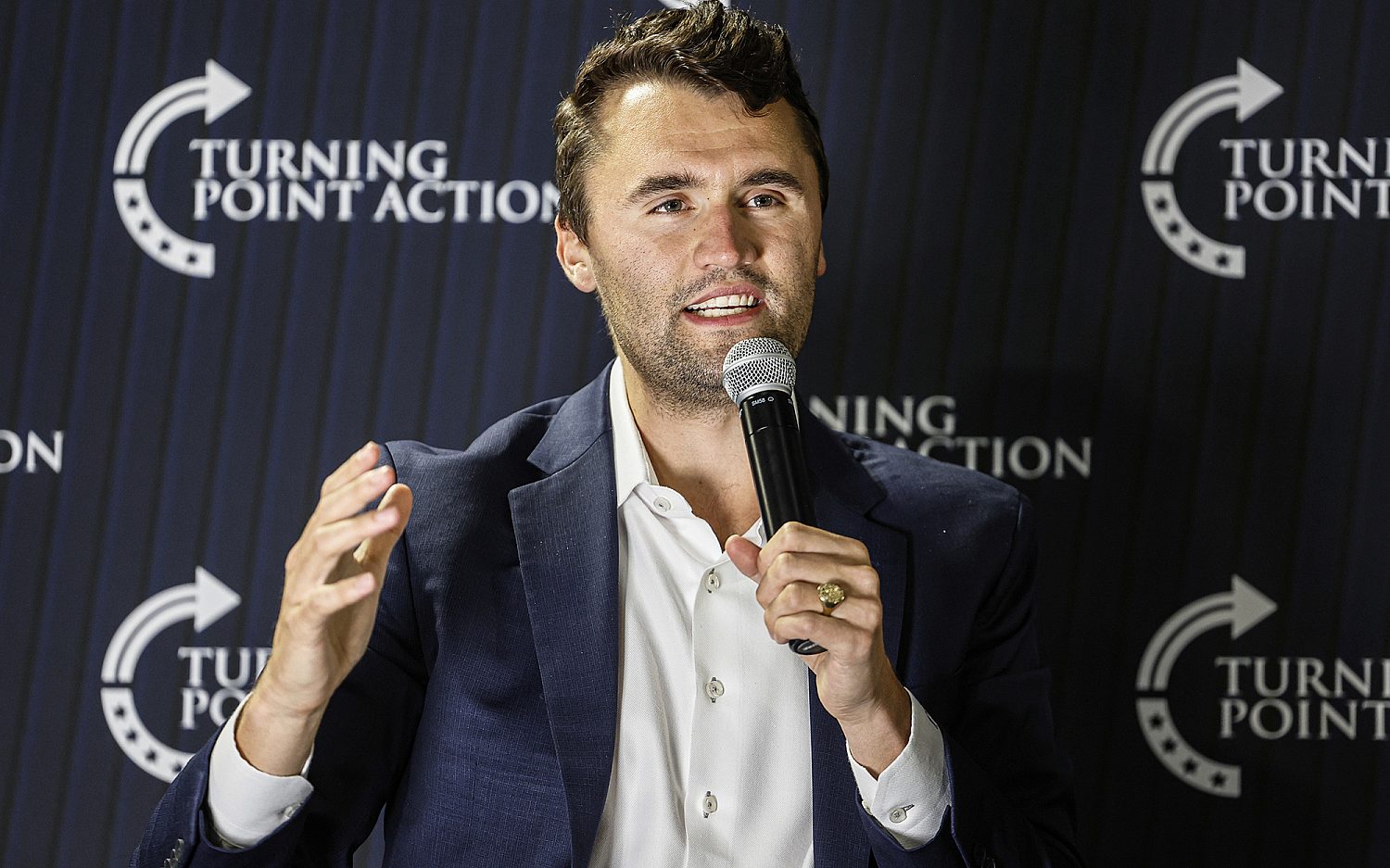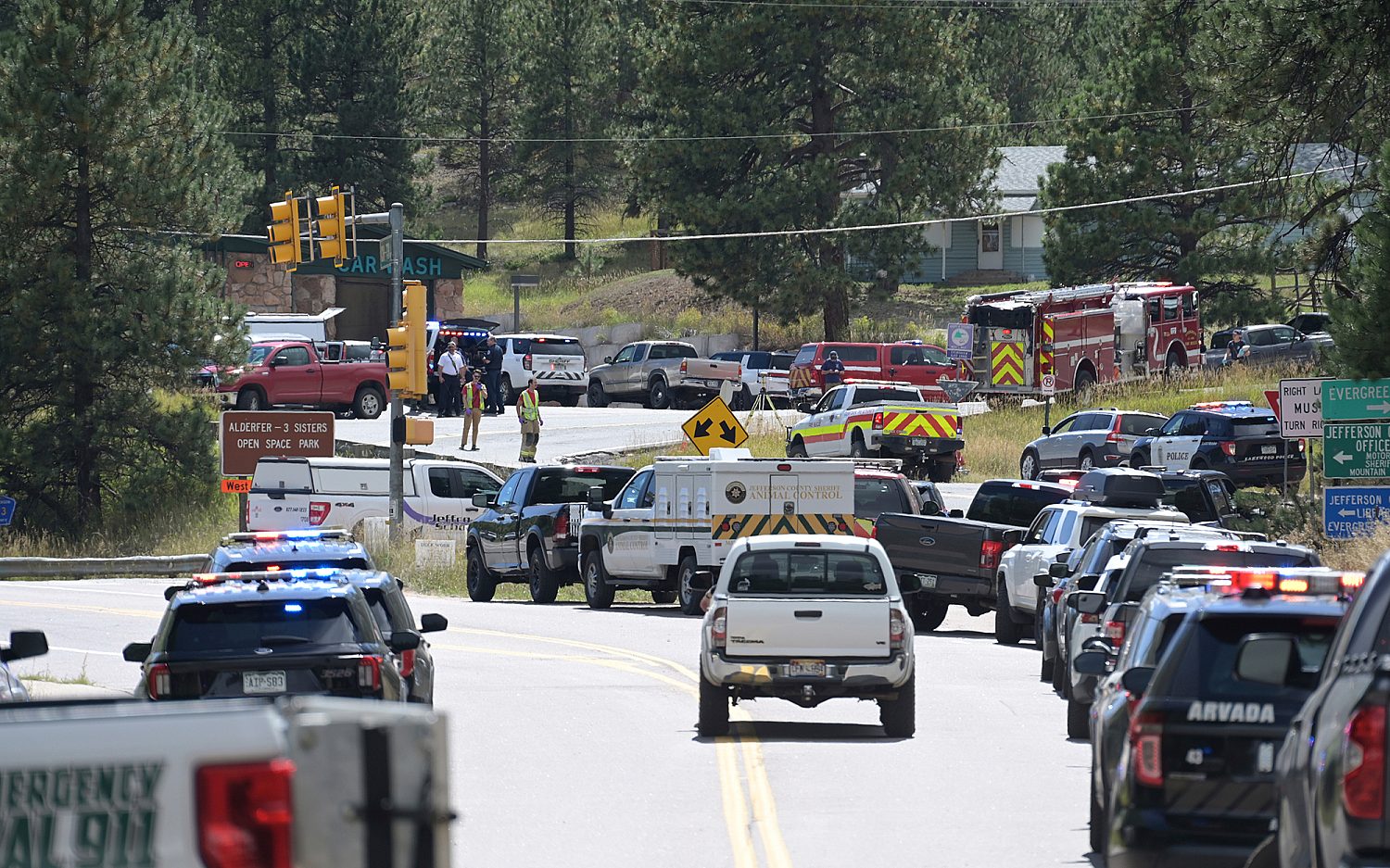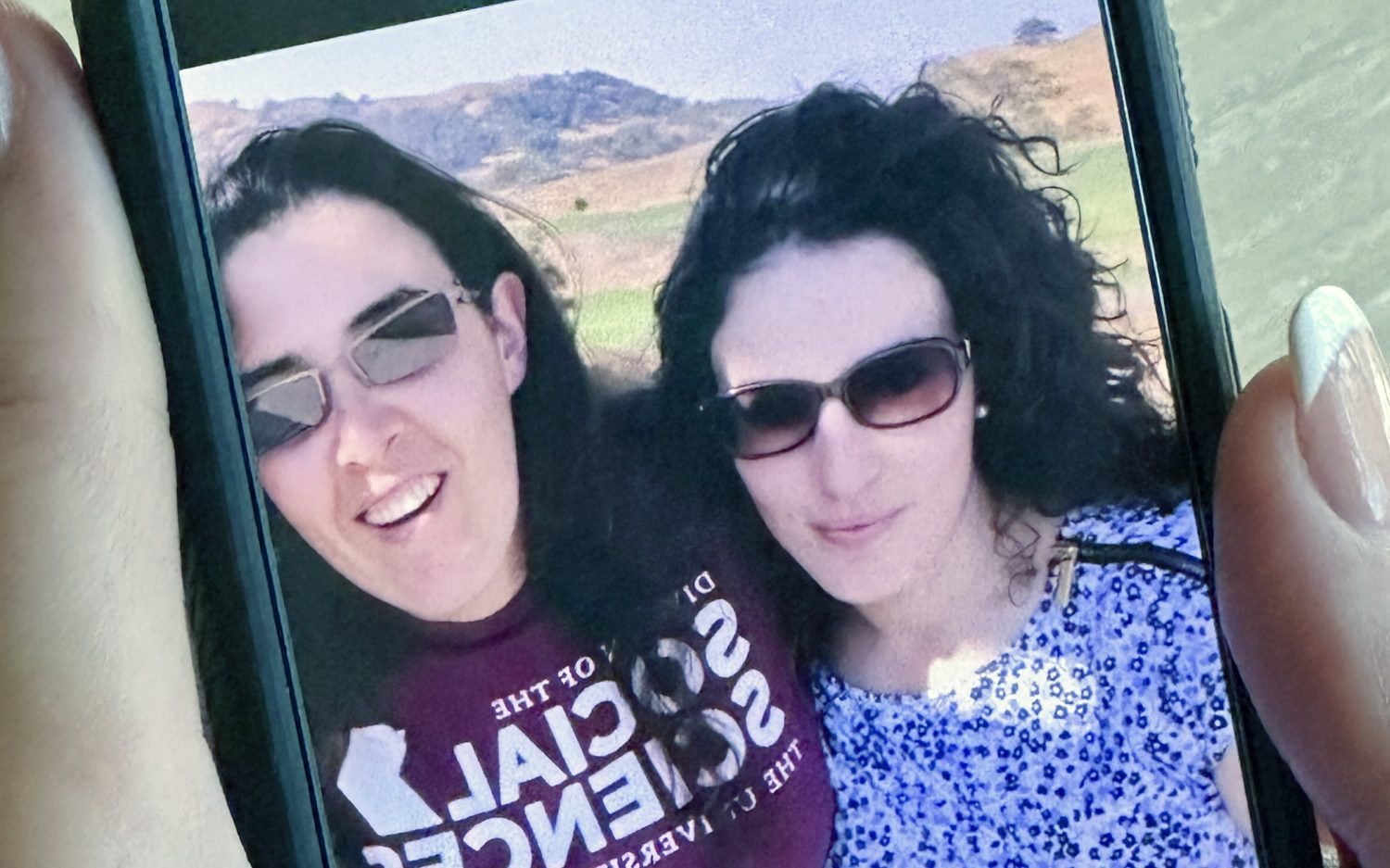Do struggling schools need the arts?
Tight budgets and the pressure of preparing for high-stakes math and reading tests have caused some schools to cut art, music, theater, and dance programs. But a report on the Turnaround Arts Initiative, released in January by the President’s Committee on the Arts and the Humanities (PCAH), shows struggling schools improved after increasing their emphasis on the arts.
The PCAH began the Turnaround Arts Initiative in 2012 as a pilot program in eight schools. All eight were among those receiving School Improvement Grants (SIGs) from the federal government, which means they were performing in the lowest 5 percent of schools in their states. In addition to other improvement efforts, the Turnaround Arts schools agreed to give arts education a prominent role. They ensured each student got at least 45 minutes of arts instruction each week and encouraged and trained teachers to integrate the arts into their classes.
The report acknowledges it’s still too soon to know the initiative’s full impact and notes the difficulty in separating the effects of increased arts education from the effects of other school improvement efforts the government requires for receiving the improvement grants. It also notes that one pilot campus, Noel Community Arts School, “did not demonstrate strong improvements in student achievement and improvement outcomes.”
But between 2011 and 2014, Turnaround Arts schools improved an average of 22.5 percent in math proficiency rates and more than 12.5 percent in reading proficiency rates. Half of the schools also saw better attendance rates and more than half experienced an improvement in school discipline.
At the White House Turnaround Arts talent show in May, first lady Michelle Obama, honorary PCAH chairman, announced the program would expand to 35 schools. The U.S. Department of Education, the National Endowment for the Arts, the Ford Foundation, and others will contribute $5 million, while local partners give $12 million over the course of three years, to fund the initiative.
But 35 schools may seem like a drop in the bucket compared to the roughly 6 million elementary and middle school students who don’t get art and music classes in school—“an overwhelming majority” of them from high-poverty schools, according to the Turnaround Arts Initiative report.
Studies have shown an association between high involvement in the arts and high academic achievement. Some education experts question whether there is a cause and effect relationship between the two, but most agree arts instruction makes school more interesting for many students.
Arts can be the “hook” that makes students want to come to school, the first lady explained. “And then once we got those kids in those seats, then we can teach them math and reading and science,” she said.
But others object to treating the arts as a pragmatic means to an end.
“Arts are not a path to picking the right bubble on a standardized test,” wrote Diane Ravitch, a research professor of education at New York University, in a May blog post about the Turnaround Arts program. “They are far more valuable than that. The self-discipline required in the arts, the joy of performance is sufficient unto itself.”
In a 2012 Studio 360 interview about the initial Turnaround Arts pilot program, Ravitch called the initiative a “teeny, tiny little Band-Aid on what is a giant, national, festering problem,” adding “schools are still locked in an embrace with this testing machine that does nothing to encourage what our society needs, does nothing to encourage kids to be creative or to be able to think for themselves.”
An actual newsletter worth subscribing to instead of just a collection of links. —Adam
Sign up to receive The Sift email newsletter each weekday morning for the latest headlines from WORLD’s breaking news team.




Please wait while we load the latest comments...
Comments
Please register, subscribe, or log in to comment on this article.